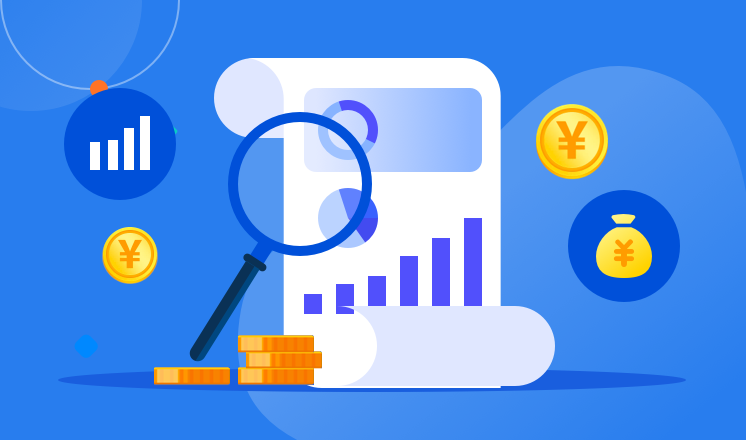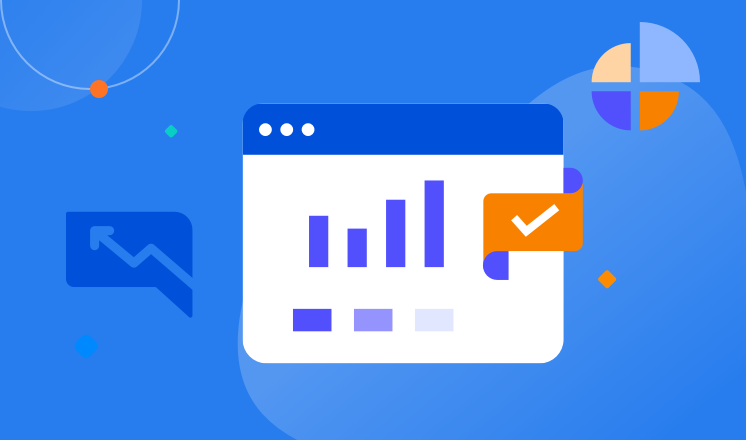In the digital era, data plays a crucial role in decision-making and insights for businesses and individuals alike.
The abundance of data available on the internet has made web scraping and data extraction essential processes for obtaining valuable information. One powerful tool for data retrieval is an API (Application Programming Interface).
In this article, we will explain what an API is and its significance in data scraping. We will provide a step-by-step guide and examples to demonstrate how to use API for data extraction, including HTTP requests and data parsing.
Moreover, we will emphasize the importance of adhering to legal and privacy considerations when using API for data scraping to avoid any unethical or illegal practices.

Understanding API and their Role in Data Scraping
An API, short for Application Programming Interface, is a set of defined rules and protocols that allows different software applications to communicate with each other.
API serve as intermediaries that enable data exchange and interactions between various systems, applications, or services.
When it comes to data scraping, API are invaluable resources that provide structured access to specific data sets or functionality, eliminating the need for manual extraction from websites.
The Significance of API in Data Scraping
Structured Data Retrieval: API offer structured and well-documented endpoints, simplifying data extraction from web servers in a standardized format.
Real-time Data: API often provide real-time data updates, enabling users to access the most current and up-to-date information.
Reduced Overhead: Compared to traditional web scraping methods, using API can reduce the computational burden on servers, making it a more efficient data retrieval process.
Step-by-Step Guide: How to Use API for Data Scraping
Identify the API: Determine the API that provides the data you need. Many websites and services offer public API with documentation on how to access the data.
Obtain API Key: Some API require an API key for authentication and access control. Register on the API provider's website to obtain the necessary key.
Make HTTP Request: Use programming languages like Python or tools like Postman to send HTTP requests to the API's endpoints.
This request should specify the data you want to retrieve and may include additional parameters, such as filters or time ranges.
Receive API Response: The API will respond with the requested data, typically in a structured data format such as JSON or XML.
Data Parsing: Parse the received data to extract the specific information you need. Most programming languages provide libraries for parsing JSON or XML data.
Legal and Privacy Considerations
While API provide a convenient and legitimate way to access data, it is essential to adhere to certain legal and ethical considerations:
Check API Terms of Use: Always review the terms of use provided by the API provider. Respect any rate limits, usage restrictions, or licensing agreements.
Respect Robots.txt: Before scraping data from websites via API, check the website's robots.txt file to ensure scraping is allowed.
Privacy Protection: Be cautious when dealing with personal or sensitive data. Avoid extracting or storing private information without explicit consent.

Conclusion
API are powerful tools for data scraping, enabling structured access to valuable data sets and real-time information.
By following the step-by-step guide provided, users can effectively use API for data extraction and parsing.
However, it is essential to be mindful of legal and privacy considerations to maintain ethical practices when using API for data scraping. Utilizing API responsibly will ensure compliance with regulations and respect for users' privacy, making data scraping a valuable and ethical practice.



